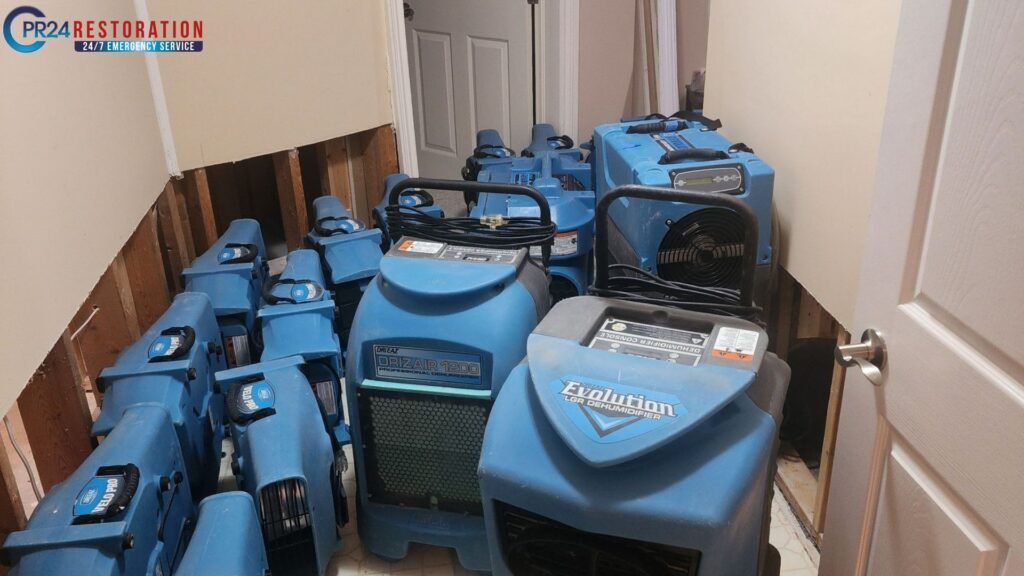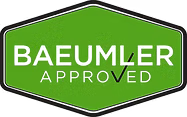Filing an Insurance Claim After a Flood in Toronto
Floods top the list of extreme weather events in Toronto. Homeowners need to understand their water damage insurance coverage and know how to handle claims to protect their property. This blog breaks down the essential steps to take if floods have damaged your home. You’ll learn what your policy actually covers and get clear instructions to file your claim successfully. This information will help you manage claims and insurance with confidence. Useful for current water damage or future issues. Insurance claims can be confusing and stressful, but we’ll make the process clearer. What to Do Immediately After a Flood Quick action after a flood can protect your safety and help with your water damage insurance claim. You need to act fast to safeguard your health and get the most from your insurance coverage. Here’s what you should do: Stay safe and avoid re-entering damaged areas Your safety comes first, above everything else. Wait for official confirmation before going back to your flooded home. Floodwaters make buildings dangerous, so stay away from any structure with buckled walls or floors. Dangers can hide even after water levels drop – from contaminated water to unstable structures. You should wear protective gear like rubber boots, safety glasses, and gloves when checking your property. Note that water-soaked ceilings might collapse suddenly. Turn off power only if safe to do so Water and electricity create a lethal mix. You should not enter the basement if water has risen above electrical outlets, baseboards, or your electrical panel. Call your local electric utility to cut power to your home instead. Standing water makes electrical equipment extremely dangerous. A certified electrician should check your electrical system before turning the power back on, even after floodwaters recede. This prevents fires and electrical injuries. Document damage with photos and videos Your water damage insurance claim needs proper documentation of all flood damage. Take clear, detailed photos and videos before moving anything. Make sure to capture: Upload these images to cloud storage like Dropbox or Google Drive to share with your adjuster easily. Good documentation makes your claim stronger. Avoid discarding damaged items too soon Your first impulse might be to throw away damaged items, but you should wait. Insurance adjusters need to see the actual damage to create an accurate repair estimate. Keep samples of damaged materials such as carpet, wallpaper, and flooring. You can dispose of items that pose immediate health risks, like spoiled food or soaked pillows – but take plenty of photos first. Understanding What Your Insurance Covers Filing an insurance claim after a flood can leave you confused, especially when you have to figure out what your policy covers. You need to learn about your coverage options to protect yourself against water-related disasters. Overland flood vs. sewer backup coverage These two different coverages protect you from different types of water damage. Overland water coverage helps protect your home from damage. It covers issues from freshwater sources like heavy rain, melting snow, or overflowing rivers. These can enter your home through ground-level points. Sewer backup coverage protects you when sewage or wastewater backs up into your home through drains, floor drains, or septic tanks. Your standard policy doesn’t have either of these coverages—you need extra endorsements for both. Is water damage covered by insurance? Standard home insurance covers sudden and accidental water damage from indoor sources. This means you enjoy protection against burst pipes, appliance malfunctions, watermain breaks, and water damage from firefighting efforts. Most policies don’t cover gradual leaks, seepage, or maintenance issues. On top of that, it takes specific endorsements to cover overland flooding. The Insurance Bureau of Canada reports that water damage makes up 50% of all claim payments. Vehicle damage and comprehensive auto insurance Your standard auto insurance won’t cover vehicle flood damage. Comprehensive auto coverage usually protects your car from water damage. This includes damage from flooding, rising water, and storms. You’ll likely pay all flood-related vehicle repairs yourself without this optional coverage. Hardwood floor and basement water damage Insurance typically covers water damage to hardwood floors from “sudden and accidental” events like burst pipes or appliance leaks. Basement flooding can get pricey—the Canadian government says fixing a flooded basement costs an average of CAD 55,734. You won’t have coverage for basement flooding from heavy rain or sewer backups unless you add specific endorsements. Additional living expenses and food spoilage Additional Living Expenses (ALE) coverage helps pay your costs if you can’t live in your home after an insured loss. This covers hotel stays, restaurant meals, and other extra living expenses. Most policies give you ALE coverage at 20-30% of your home’s replacement cost. Many insurers cover food that spoils in your fridge and freezer during power outages. However, there are specific coverage limits. How much water damage insurance do I need? Your coverage needs depend on where you live, how close you are to water bodies, and your local climate risks. High-risk areas need both overland flood and sewer backup coverage. Most insurers offer between CAD 13,934 and CAD 139,336 in water damage coverage. Note that cleanup costs alone can hit CAD 13,934—plus you’ll need money for demolition, storage, relocation, and reconstruction. How to File a Water Damage Insurance Claim Water damage insurance claims need careful attention to detail and proper documentation. Your safety comes first, then damage assessment before starting the claim process. Notify your insurer as soon as possible You should contact your insurance company right after you find water damage. Your policy likely requires quick notification to provide coverage. The best approach is to call your insurer’s claims hotline instead of waiting for your regular agent. You’ll need to explain what happened and describe the damage in detail. Worth mentioning is that you should write the names of everyone you talk to during this process. Prepare a water damage insurance claim list A detailed inventory of damaged items will strengthen your claim. Your list should include: This inventory becomes a vital part of your proof of loss documentation. Work with your claims adjuster A claims adjuster will contact you after your report. They will explain the situation, review your








